"Why are you doing that?"
"I don't know. We've always done it!"
"What does it achieve."
"I'm not quite sure.'
"Has anyone ever asked if it's useful, or if we should keep doing it?"
"I don't know. That's not my job."
Companies go into an autopilot death spiral of irrelevant routines, instantly obsolete products, unnecessary processes, useless policies and procedures, and a pathway of inconsequential ideas. No one ever dares to ask if the things that are done still need to be done - and the result is a lemming-like walk into irrelevance
One of the running jokes in the technology world is that Ford has stuck a knob in the middle of the touch screen for its F150 Lightning Electric Vehicle.

This would be like putting a big round knob on the screen of your iPad. You just don't do this type of thing!
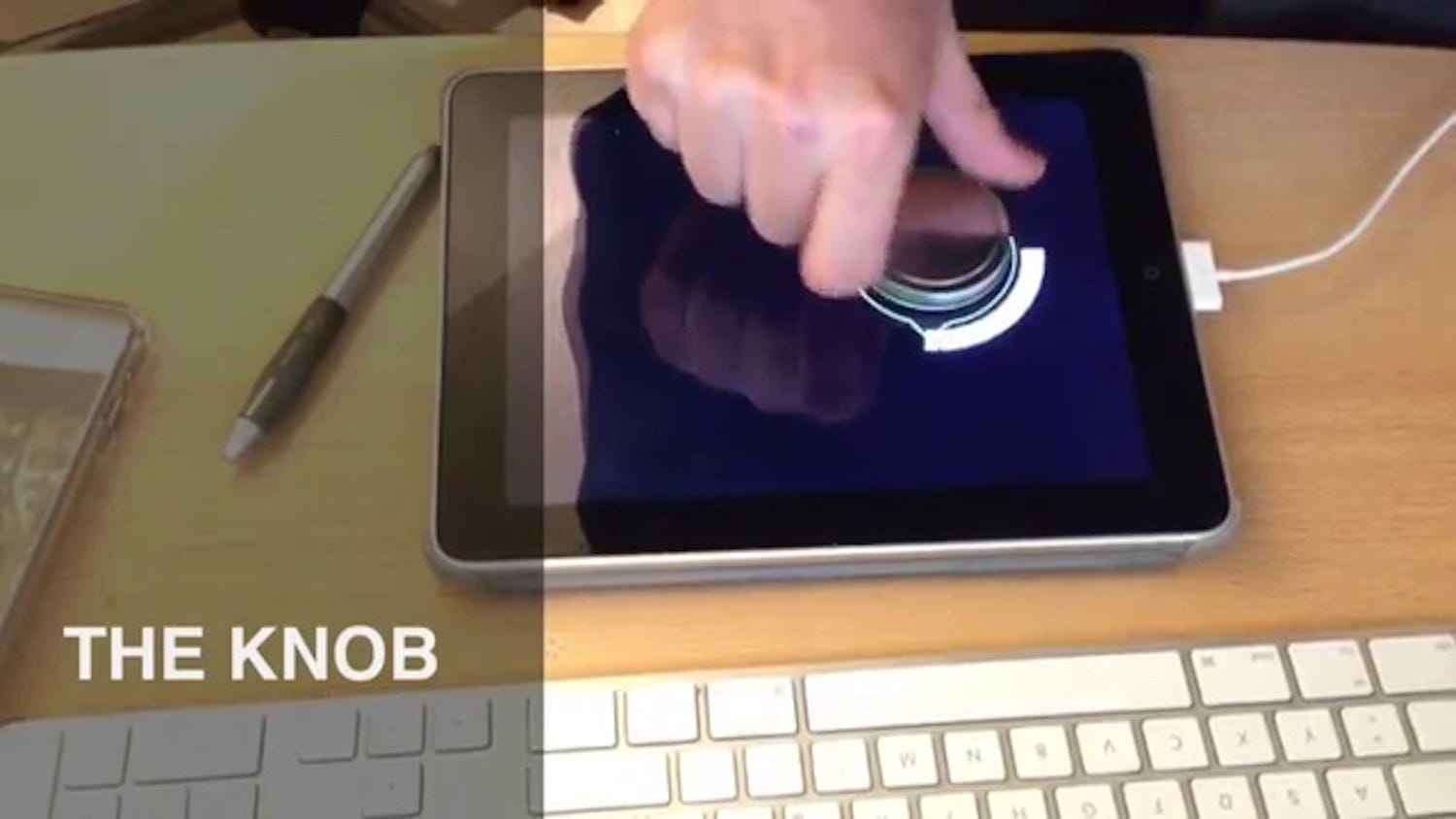
Designing a car or truck today is essentially like designing a computer device - and legacy companies don't know how to do it. And so, they keep on doing what they've done before. Hence, knobs. Here's the thing - the knob in the Ford F150 doesn't actually let you do much - perhaps turning the volume up and down is an option. Oh, and there's a video game that you can play. That's an important reason to have a knob!
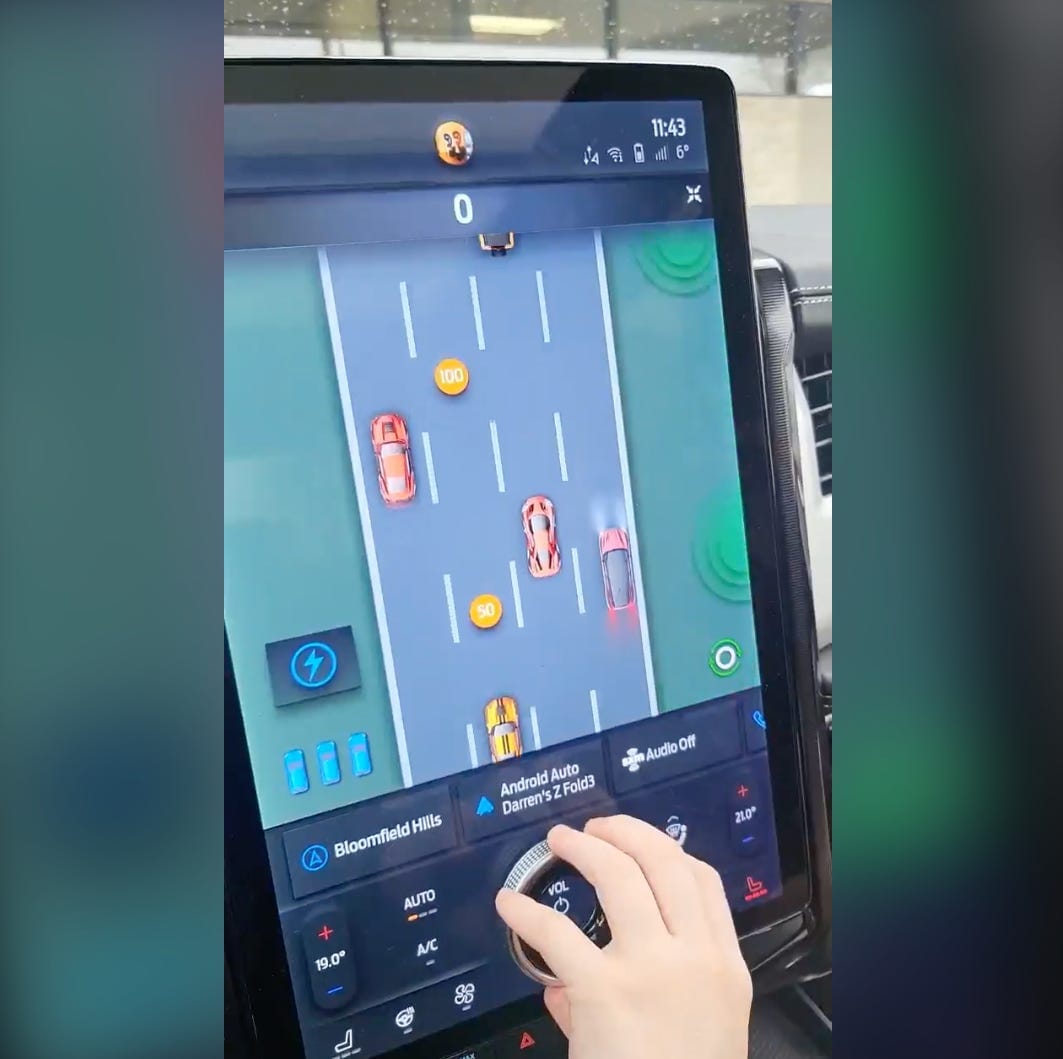
I can imagine the discussion at the Ford Design department went something like this:
"Why is that big ugly knob in the middle of that beautiful touch screen?"
"Wel, because cars and trucks have always had knobs So, we've got a knob!"
I'm waiting for a Spinal Tap marketing moment where someone explains that the knob goes to 11!, but I digress.
The interesting thing is that as cars and trucks shift from being big engines on wheels that use carbon to becoming big computers on wheels that are based on batteries, the design, layout, purpose, and functionality of much of the interior changes - and the traditional legacy manufacturing companies don't know how to do that. This has been the case for quite some time - read my post from 2013:
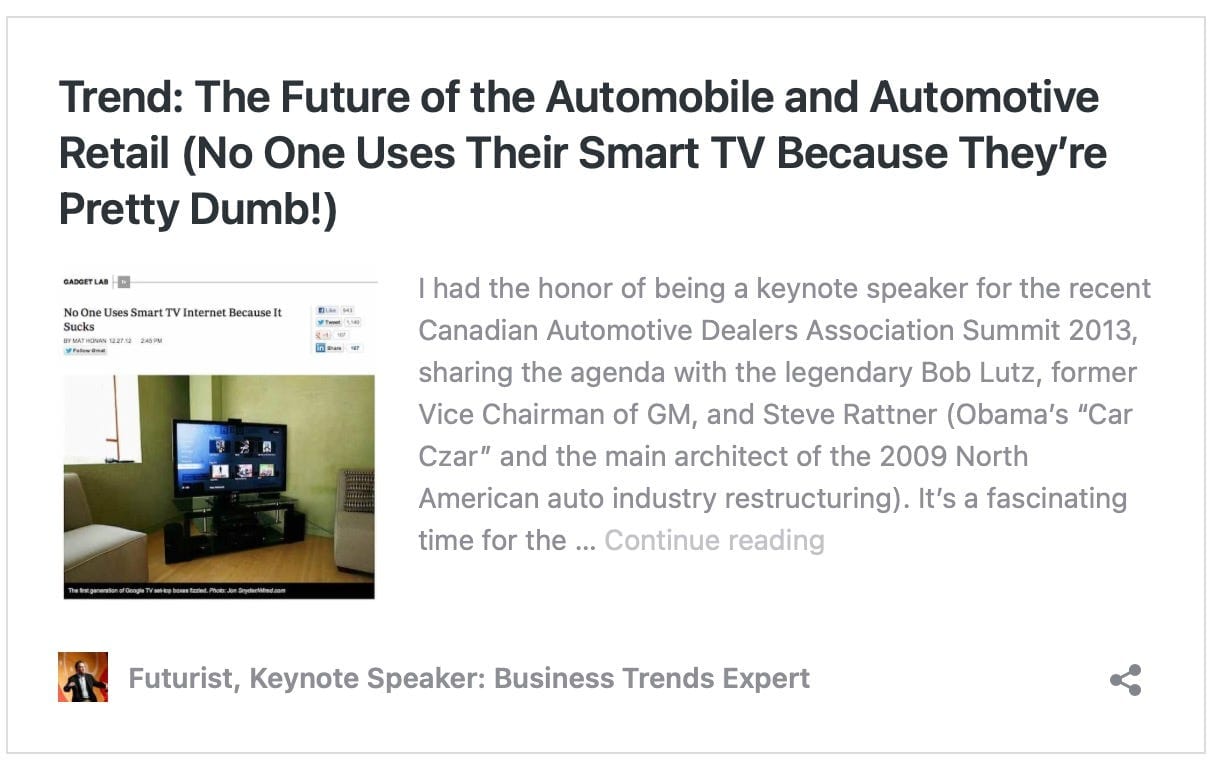
https://jimcarroll.com/2013/04/trend-the-future-of-the-automobile-and-automotive-retail/
But my Tesla doesn't have a knob.
Here's the problem in a nutshell as I stated in 2013.
"Many people are coming to the conclusion that most smart TV’s are actually pretty dumb! What we’ve seen in the last several years, with most so-called smart TV’s, is a situation in which television manufacturers, who have never been really part of the Silicon Valley technology and design culture, suddenly began throwing all kinds of features onto televisions, such as Facebook, Twitter, Netflix.
The result is, if you pardon the expression, a real barf-bag of clumsy screen navigation, confusing remotes, ill-designed apps, and, well, just a bit of a major FAIL.
Smart TV’s? No one uses smart TV’s because they’re dumb. And that seems to be a message that is resonating on the Internet; such as this article recently featured on Wired.
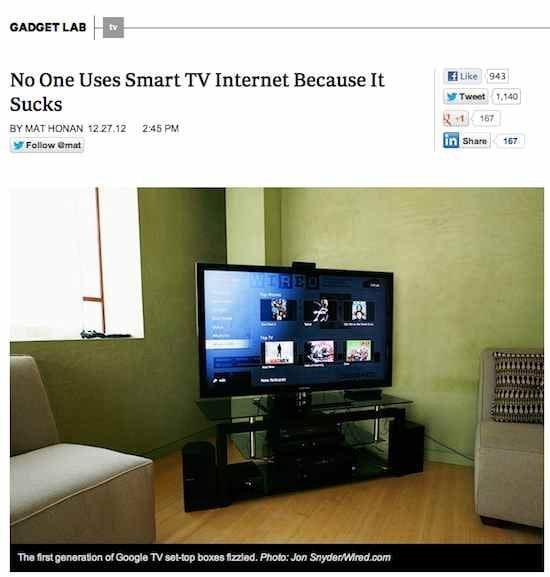
Contrast the Smart TV experience to the Apple TV. The latter has a crisp design, clean, simple and intuitive interface. Quite simply, it just works.
Car companies are now making the same mistakes that TV manufacturers made. The result is that it is obvious that car companies simply don't know how to design a car anymore because the rules have changed. Sadly, they will keep on doing what they've always been doing because that's what they do! The result? Failure. Consider this comment in 2012 as to what car companies were already doing with their design failure.
Noted the New York Times in an article in June 2012: "'See, you spin this knob here, which moves you through these selections up here. Then you press down on the knob to select something, but don't forget about the other menus under this button...''
And that where we are in the auto industry today: we have a lot of car companies working to try to figure out how to make technology work.
The fact is, the issue of the Ford knob is a bigger issue, and it cuts across every single industry because the disruptive trends that are sweeping our world are staggering in scope. Read this post:
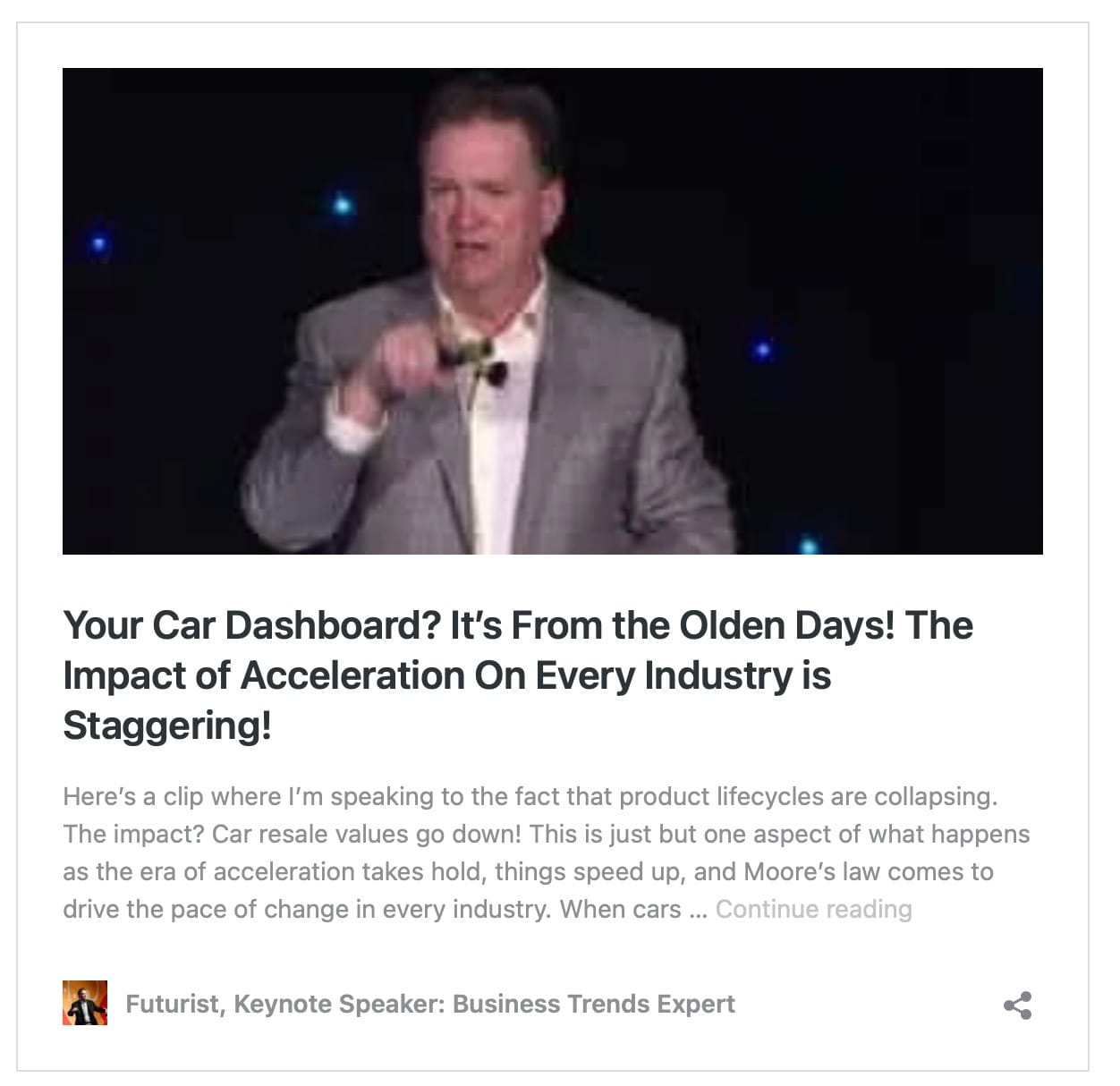
This post, of course, is not about a knob on a car that serves no viable purpose.
It's about the broader issue that organizations die because of their inability to change.
That's it. That's all you need to know.
And so - fix it.
Get rid of the knob.

